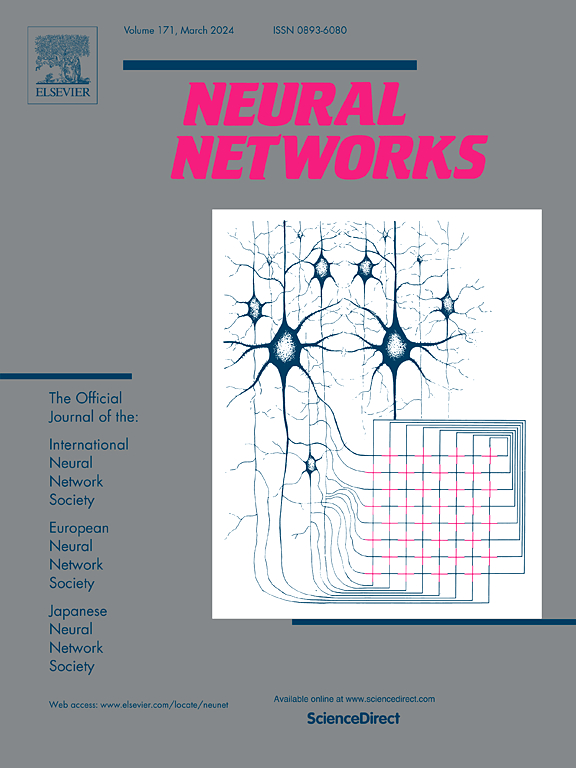使用带有标签噪声的样本进行鲁棒连续学习
IF 6
1区 计算机科学
Q1 COMPUTER SCIENCE, ARTIFICIAL INTELLIGENCE
引用次数: 0
摘要
最近的研究表明,有效地利用带有标签噪声的样本可以通过发现更可靠的特征模式来增强模型的鲁棒性。虽然现有的方法,如标签校正方法和损失校正技术,已经证明在利用噪声标签方面取得了成功,但它们假设噪声样本和干净样本(具有正确注释的样本)共享相同的标签空间。然而,这种假设在持续的机器学习中并不成立,随着时间的推移,新的类别和任务会出现,从而导致特定于这种设置的标签移位问题。因此,在这种动态环境中,现有的方法可能难以准确地估计噪声样本的地面真值标签,这可能会加剧标签噪声并进一步降低性能。为了解决这一关键差距,我们提出了一种移位自适应噪声利用(SANU)方法,旨在将带有标签噪声的样本转换为可用的样本以进行持续学习。SANU引入了一种新的源检测机制,该机制可以识别噪声样本的适当标签空间,利用元知识表示模块来提高检测过程的泛化。SANU通过标签猜测和标签生成策略重新标注有噪声的样本,适应标签的变化,将有噪声的数据转化为有用的训练输入。在三个连续学习数据集上的实验结果表明,SANU有效地缓解了标签移位问题,通过使用带有标签噪声的重新注释样本显著提高了模型性能。本文章由计算机程序翻译,如有差异,请以英文原文为准。
Using samples with label noise for robust continual learning
Recent studies have shown that effectively leveraging samples with label noise can enhance model robustness by uncovering more reliable feature patterns. While existing methods, such as label correction methods and loss correction techniques, have demonstrated success in utilizing noisy labels, they assume that noisy and clean samples (samples with correct annotations) share the same label space.However, this assumption does not hold in continual machine learning, where new categories and tasks emerge over time, leading to label shift problems that are specific to this setting. As a result, existing methods may struggle to accurately estimate the ground truth labels for noisy samples in such dynamic environments, potentially exacerbating label noise and further degrading performance. To address this critical gap, we propose a Shift-Adaptive Noise Utilization (SANU) method, designed to transform samples with label noise into usable samples for continual learning. SANU introduces a novel source detection mechanism that identifies the appropriate label space for noisy samples, leveraging a meta-knowledge representation module to improve the generalization of the detection process. By re-annotating noisy samples through label guessing and label generation strategies, SANU adapts to label shifts, turning noisy data into useful inputs for training. Experimental results across three continual learning datasets demonstrate that SANU effectively mitigates the label shift problem, significantly enhancing model performance by utilizing re-annotated samples with label noise.
求助全文
通过发布文献求助,成功后即可免费获取论文全文。
去求助
来源期刊

Neural Networks
工程技术-计算机:人工智能
CiteScore
13.90
自引率
7.70%
发文量
425
审稿时长
67 days
期刊介绍:
Neural Networks is a platform that aims to foster an international community of scholars and practitioners interested in neural networks, deep learning, and other approaches to artificial intelligence and machine learning. Our journal invites submissions covering various aspects of neural networks research, from computational neuroscience and cognitive modeling to mathematical analyses and engineering applications. By providing a forum for interdisciplinary discussions between biology and technology, we aim to encourage the development of biologically-inspired artificial intelligence.
 求助内容:
求助内容: 应助结果提醒方式:
应助结果提醒方式:


